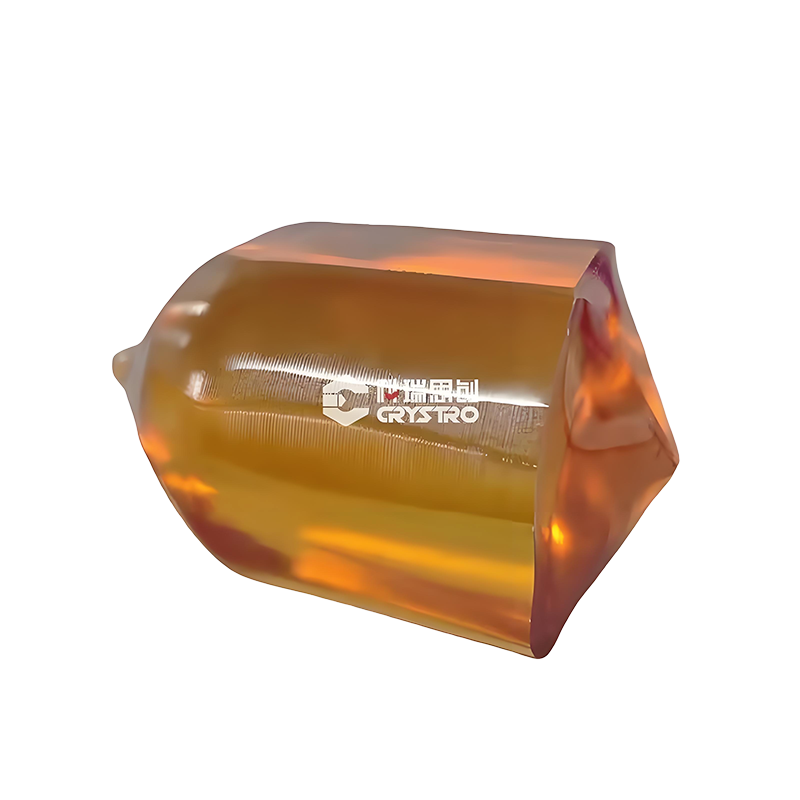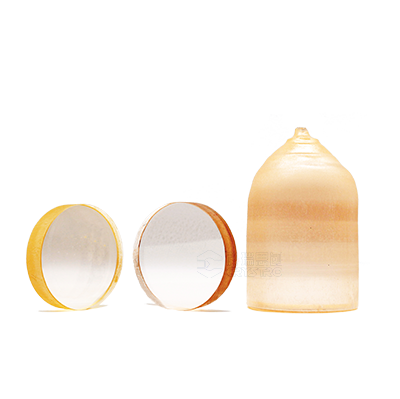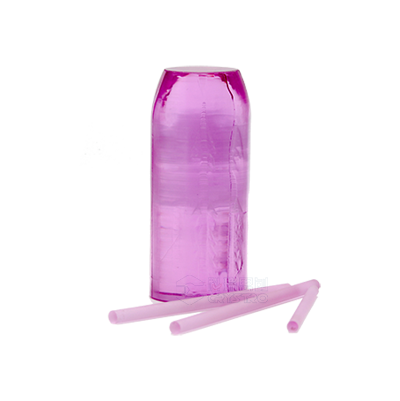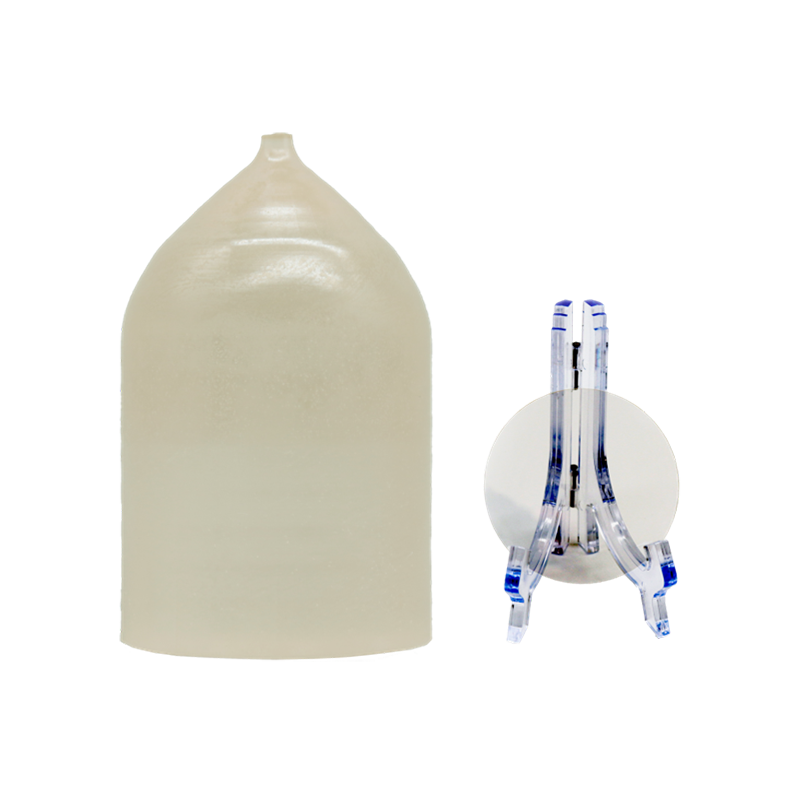


LBO-Lithium Triborate
Keywords:
LBO-Lithium Triborate
Category:
- Details
- Characteristics
- Parameters
- Application
-
- Commodity name: LBO-Lithium Triborate
LBO crystal is a kind of frequency doubling crystal with excellent performance and wide application. It has good internal optical uniformity, wide transmission band, high matching efficiency and laser damage threshold. LBO crystal has stable chemical properties, high mechanical hardness, slight deliquesce, and smaller birefringence than BBO crystal, which helps to limit the spectral range of phase matching.
LBO crystal has stable chemical properties, high mechanical hardness, slight deliquesce, and smaller birefringence than BBO crystal, so it helps to limit the spectral range of phase matching.
Main advantages of LBO crystal:
• Wide light-transmitting band range (160~2600nm);
• Good optical uniformity (δn≈10-6/cm), less internal envelope;
• High frequency doubling conversion efficiency (equivalent to 3 times that of KDP crystal);
&bu ll; High damage threshold (up to 10GW/cm2 @1053nm 1.3ns);
• Wide receiving angle and small discrete angle;
• Wide band range of type I and II non-critical phase matching (NCPM);
• Spectral non-critical phase matching (NCPM) close to 1300nm.
Main applications of LBO crystals:
1. Double frequency:
• Nd:YAG lasers for medical and industrial use;
• High-power Nd:YAG and Nd:YLF lasers for scientific research and military use;
• Pumping of Nd:YVO4, Nd:YAG and Nd:YLF lasers;
• Ruby, Ti:Sappire and Cr:LiSAF lasers.
2. Frequency tripling:
• Nd:YAG and Nd:YLF lasers;
• Optical parametric amplifiers (OPA) and optical parametric oscillators (OPO);
• The second and third harmonics of high-power 1340nm Nd:YAP lasers.
-
Crystal structure
Orthorhombic system
Lattice parameters
a=8.4473Å, b=7.3788Å, c=5.1395Å
Melting point
834℃
Mohs hardness
6
Density
2.47g·cm3
Thermal conductivity
3.5W·m-1·K-1
Coefficient of thermal expansion
αx=10.8×10-5/K, αy= -8.8×10-5/K, αz=3.4×10-5/K
Transmission band range
160nm~2600nm
-
Dimensional tolerance
(W±0.1mm) ×(H±0.1mm) ×(L+0.5/-0.1mm) (L≥2.5mm)
(W±0.1mm) ×(H±0.1mm) ×(L+0.1/-0.1mm) (L<2.5mm)
Angular tolerance
Δθ ≤ 0.25° Δφ ≤ 0.25°
Clear aperture
90%
Damage threshold
>10 @1064nm, TEM00, 10ns, 10Hz (Polish)
>1 @1064nm, TEM00, 10ns, 10Hz (AR Coated)
>0.5 @532nm, TEM00, 10ns, 10Hz (AR Coated)
Flatness
< λ/8@633nm
Parallelism
< 20"
Verticality
≤ 5'
Smoothness [S/D]
< 10/5
Wavefront distortion
< λ/8@633nm






